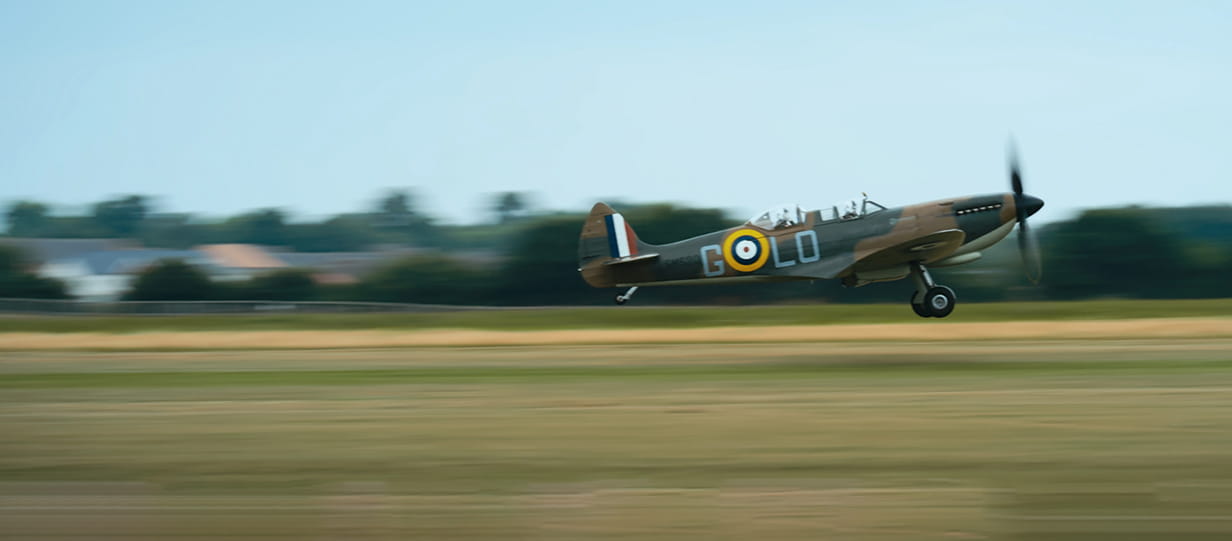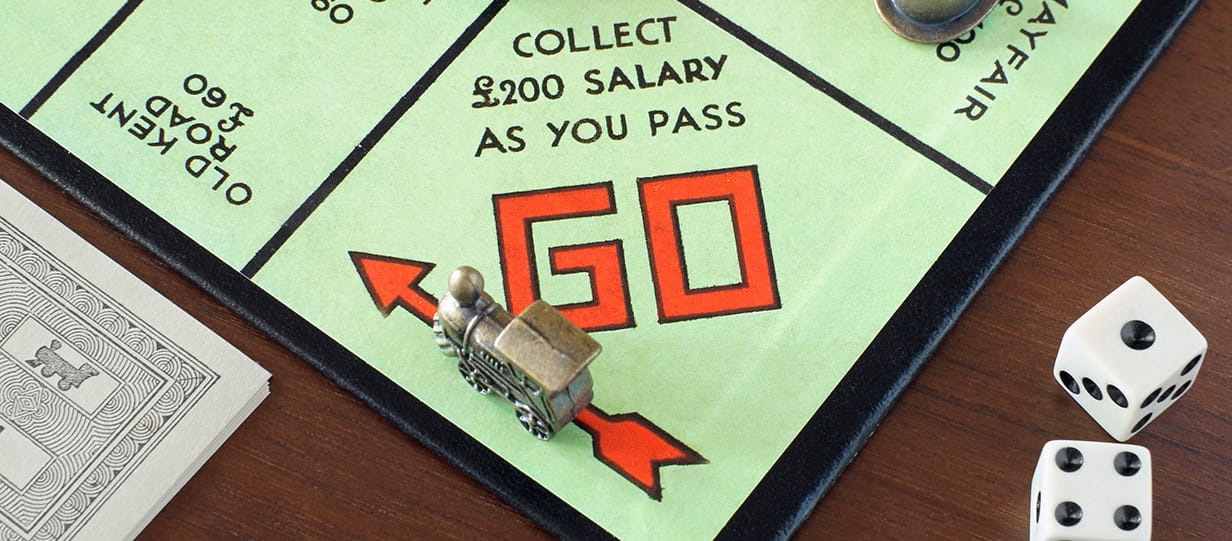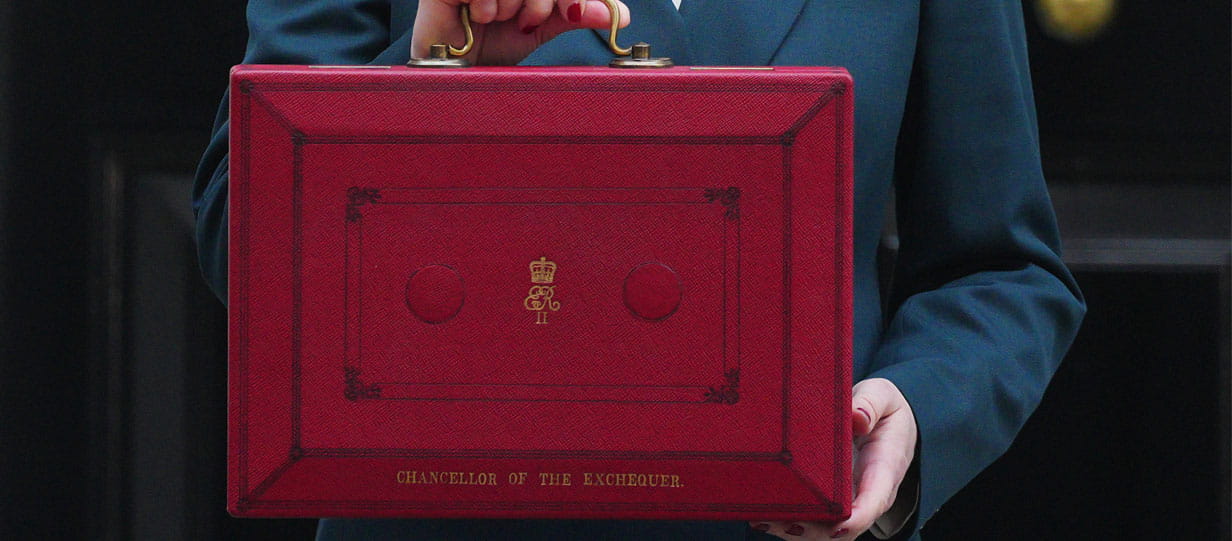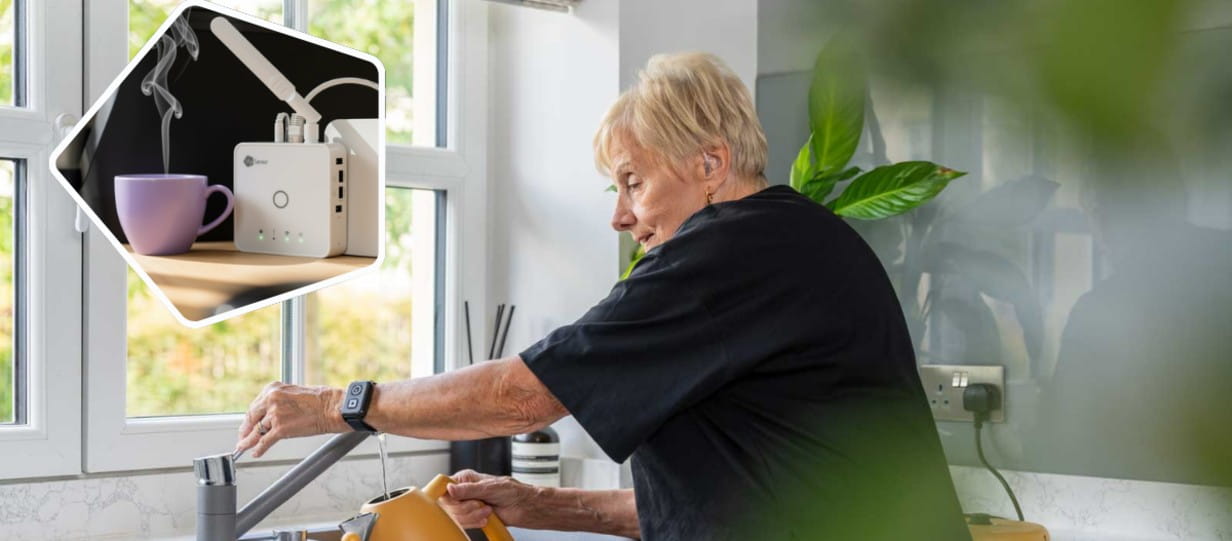Life
Inspirational experiences. Real life insights. The truly exceptional stories that spark a new way of thinking.

How to listen to a podcast
New to podcasts? Here’s our straightforward guide to finding them, playing them and enjoying them.

Paul Lewis: December money news
Car insurance compensation, money off electricity bills, the upcoming rise in pensions and a Christmas bonus.

Susie Dent on words for Christmas
From “bauble-bearers“ to festive “wambling” our lexicographer has a host of words that capture the spirit of Christmas.

Jenni Murray: "I’m grateful for the Christmas I thought might not happen"
Our columnist on how she spent a sleepless night in a hospital chair after falling seriously ill with Covid.

The official fool-proof way to spot a scam
The Financial Conduct Authority's new tool could help protect you from finance fraudsters.

I flew in a Spitfire and made a lifelong dream come true
Jeremy Taylor has a lump in his throat as he finds out what its like to fly in Britain’s most iconic aircraft, the Spitfire.

Why spending time on your phone and computer is good for your brain

How can I get my hatred for my mother-in-law under control for Christmas?
Dr Miriam Stoppard offers some festive tactics for dealing with a horribly rude relative.

Why you’ve been playing Monopoly wrong for years
Surprising forgotten rules to the nation's favourite board games which may come in handy this Christmas.

I flew in a Spitfire and made a lifelong dream come true
Jeremy Taylor has a lump in his throat as he finds out what its like to fly in Britain’s most iconic aircraft, the Spitfire.

The official fool-proof way to spot a scam
The Financial Conduct Authority's new tool could help protect you from finance fraudsters.

Paul Lewis’ Budget warning: Watch out for the taxman’s icy grip

MySense: if something changes, be confident that your loved one won’t be alone

Paul Lewis: December money news
Car insurance compensation, money off electricity bills, the upcoming rise in pensions and a Christmas bonus.
Play our free daily puzzles
Beat the boredom and exercise your mind with our selection of free puzzles.

For a limited time, enjoy 3 issues of Saga Magazine for just £1. Receive the next 3 print editions delivered direct to your door, plus 3 months’ unlimited access to the Saga Magazine app—perfect for reading on the go.
Don’t miss your chance to experience award-winning content at an exceptional price.



